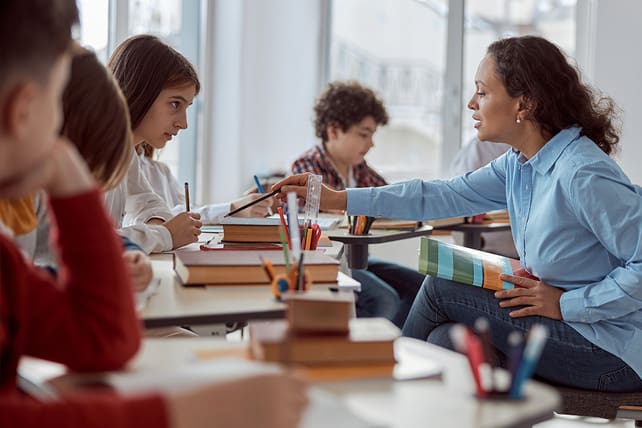The Bridge-Building Teacher
As a bridge-building teacher seeking to reach ALL learners, I look for educators who can “speak” different learning languages:
- Visual learners (see it)
- Auditory learners (hear it)
- Tactile/Kinesthetic learners (touch it, move with it)
But let’s go deeper. Is a student more:
- Analytic (linear, step-by-step)?
- Global (big picture)?
The Master Teacher’s Approach
A veteran teacher addresses multiple layers of learning by presenting material like this:
“This is the big picture of what this concept is about (global), and now, here are the component parts (analytic) that we’ll be studying.”
“This is what it looks like (visual). As I explain it, I’ll let you verbally interact with the material (auditory) and work with it hands-on (tactile-kinesthetic).”
“Some of you prefer to learn from your textbook or lab manual (concrete sequential), and I’ll provide those opportunities. If you prefer to work alone, I can set up individual assignments (abstract sequential). I can tell by some of your faces that you only want to work with a partner or in small groups (abstract random), while others think ‘outside the box’ and need to create a project to ‘get it’ (concrete random).”
Don’t Worry If This Seems Overwhelming
If you’re reading this and it seems like gibberish, I understand. I’m using terms that may not be familiar and reducing master teaching to simple terms to illustrate a point.
When I train teachers, I create a practical form that follows this formula—without being too mechanical.
At first, teachers may seem robotic, but soon it becomes natural, like a professional athlete, musician, or ballerina perfecting their craft. The whole becomes greater than the sum of its parts.
The ‘Treasured Teaching Technique’
I call this approach the “treasured teaching technique.” It works. I’ve seen it succeed in schools from Pre-K through grade 12, across all subjects.
Treasured teachers reach beyond their comfort zone to maximize the learning experience for every type of learner.

